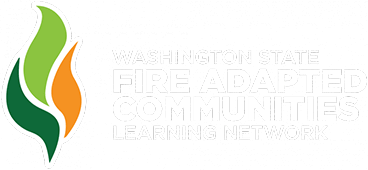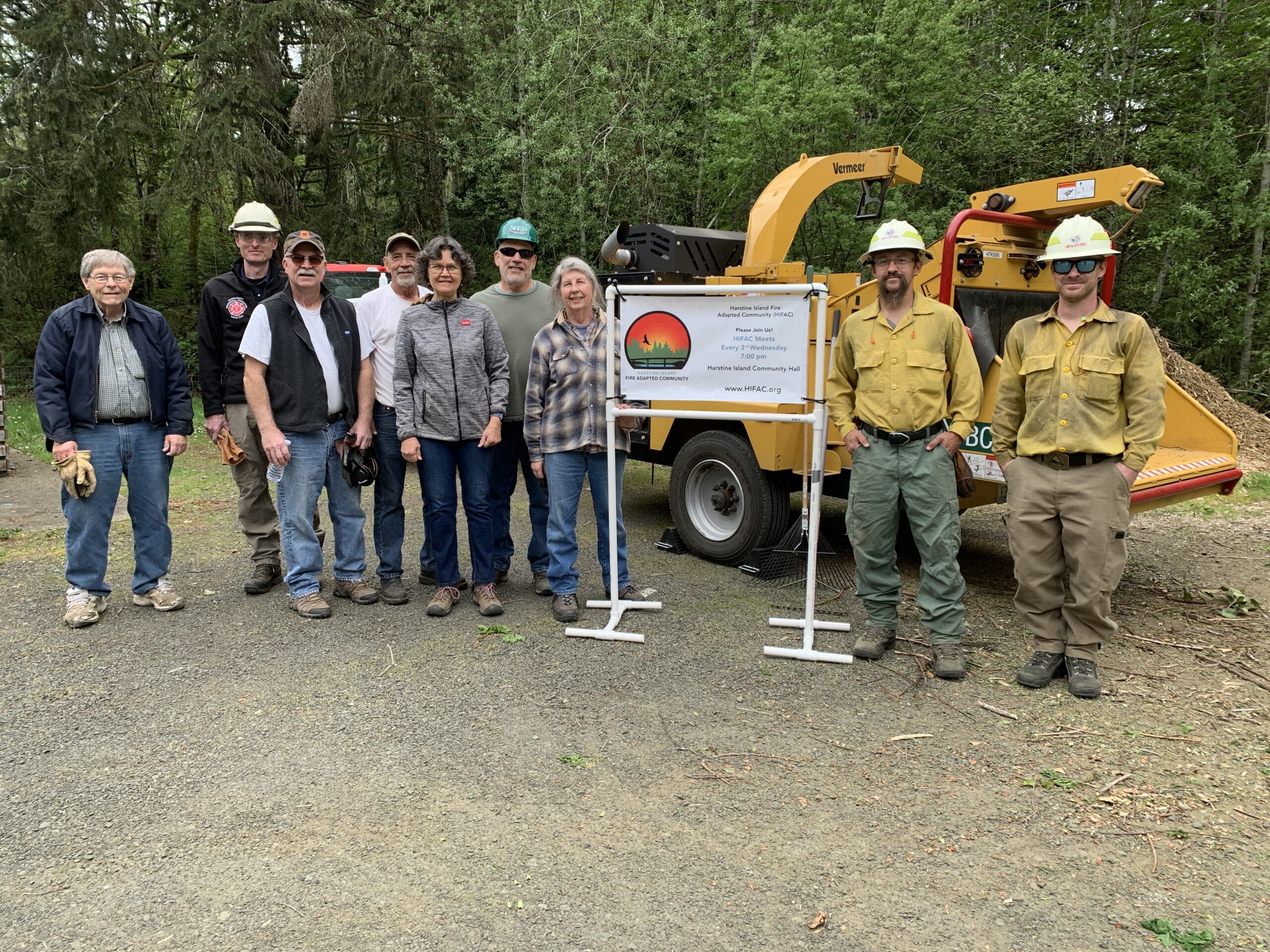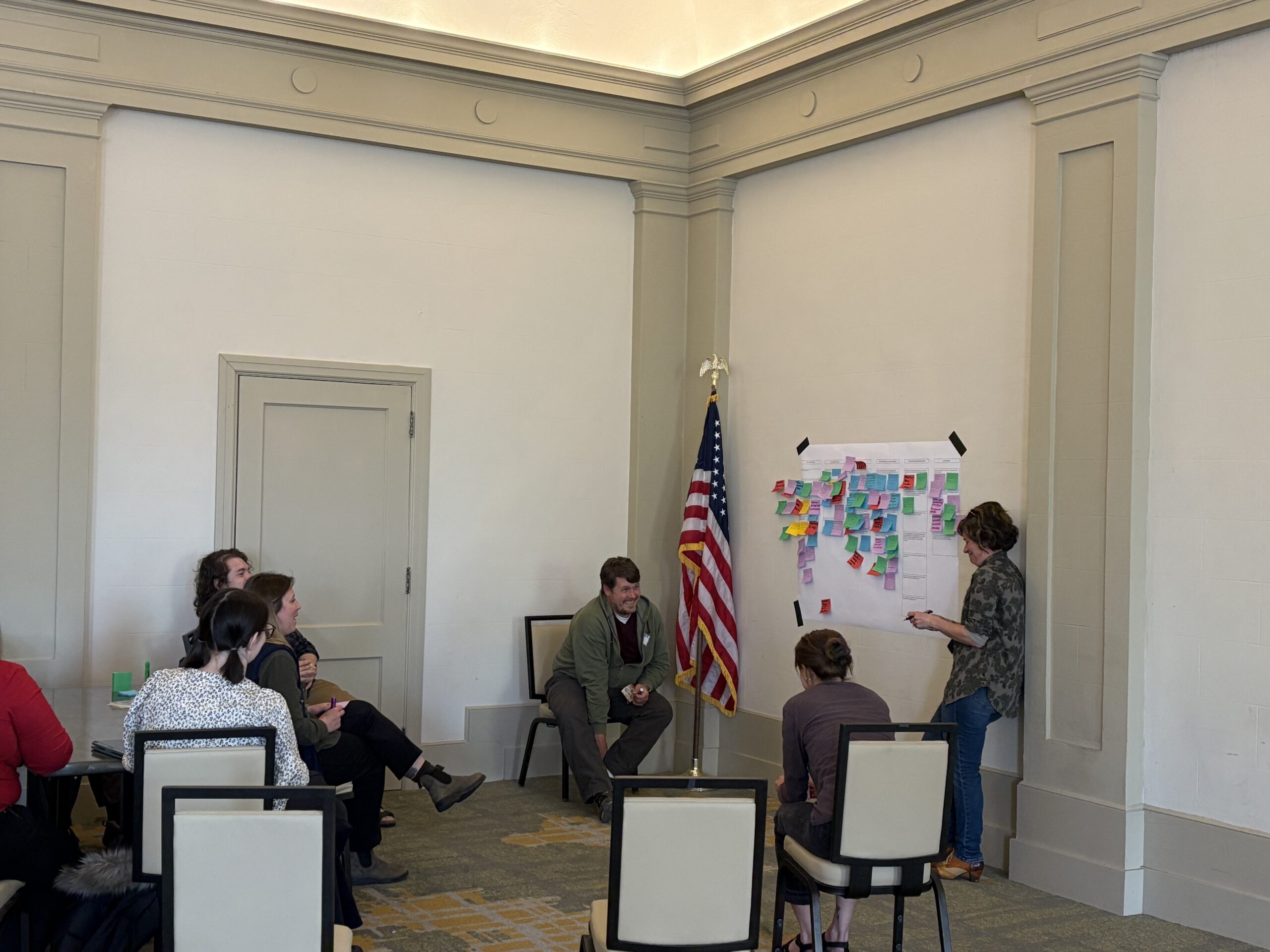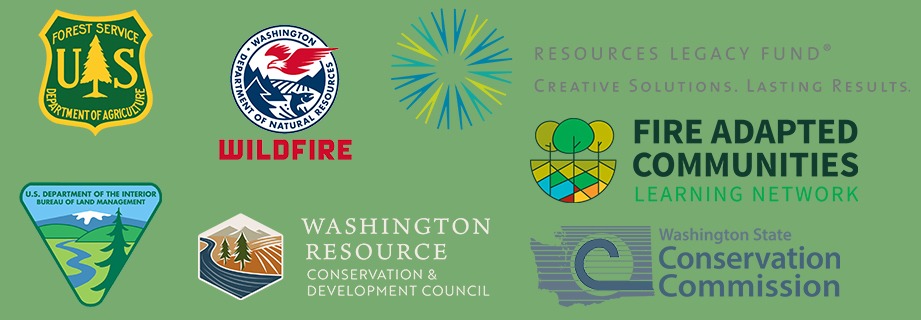Meet one of our newest members, Jim House! Jim is the Disability Integration Manager for The Coalition on Inclusive Emergency Planning (CIEP). He recently joined us in a question and answer (Q&A) session to share a bit about his work.
Q: Tell us a little bit about the Coalition on Inclusive Emergency Planning (CIEP)
A: The Coalition on Inclusive Emergency Planning (CIEP) is a statewide, cross-disability, advisory group that works with state and local emergency management stakeholders to build disability accessibility and inclusion into all aspects of emergency management. The Coalition provides technical advice on physical and programmatic access, effective communication, and fosters working relationships among emergency managers and the disability community. The stakeholders are local and national advocates with expertise in access and functional needs (AFN) practices and experience in all aspects of the Americans with Disabilities Act. CIEP is a program of the Washington State Independent Living Council (WASILC) with funding from the Washington Department of Health (DOH).
Q: What projects are you working on right now?
A: On June 22, CIEP conducted a one-day Tabletop Exercise (TTX) with support from the National Exercise Program under FEMA. In this discussion-based exercise, we examined our existing standup protocols to ensure that we can respond to access and functional needs of the whole community during a catastrophic disaster as well as during the wildfires, flooding, and other extreme weather events over the past two years.
Q: What information do you wish more people knew when creating emergency plans for their communities?
A: People with disabilities and other marginalized populations with AFN are often disproportionately impacted by disasters. They include people who may have a temporary disability resulting from the disaster, those without access to stable housing, independent transportation, or critical lifesaving information in their preferred language, and others.
When thinking about AFN, we often assess individual needs in five key focus areas: Communications, Medical, Independence, Security/Self-determination, and Transportation, also known as C-MIST. C-MIST is a tool for identifying the functional needs of people with disabilities or who have access and functional needs before, during, and after a disaster.
Q: Can you share an example of how the C-MIST framework is used?
A: During the wildfires and other disasters of 2020 and 2021, CIEP stakeholders stood up on several occasions to assist survivors with disabilities and other access and functional needs. When the American Red Cross establishes shelters in wildfire areas, disability integration specialists work with every person seeking assistance to determine if they need additional services to function while they are in the shelter and after they leave. If there is an unmet AFN need, they email CIEP requesting assistance.
CIEP stakeholders can provide individual assistance, such as wheelchairs and walkers (transportation/mobility) destroyed in a fire, temporary/permanent housing (security) for people with disabilities (self-determination), or assess shelters and facilities for accessibility. For example, a CEIP representative will look at door width (independence), access to bathrooms and showers (medical/health), interpretation services and communication support (communication) for survivors who are deaf, hard of hearing, or do not have an understanding of the English language. CIEP focuses on connecting people to needed resources. To learn more about AFN was addressed during the 2020 wildfires, check out CEIP’s After Action Report.
Q: Any last thoughts or information to share?
A: Traditional emergency planning was planning FOR us, which led to a lot of misguided assumptions that fail when put into practice. Today, it is NOTHING ABOUT US WITHOUT US. When people with disabilities are included in the emergency planning process that incorporates these AFN considerations, the Whole Community benefits.





